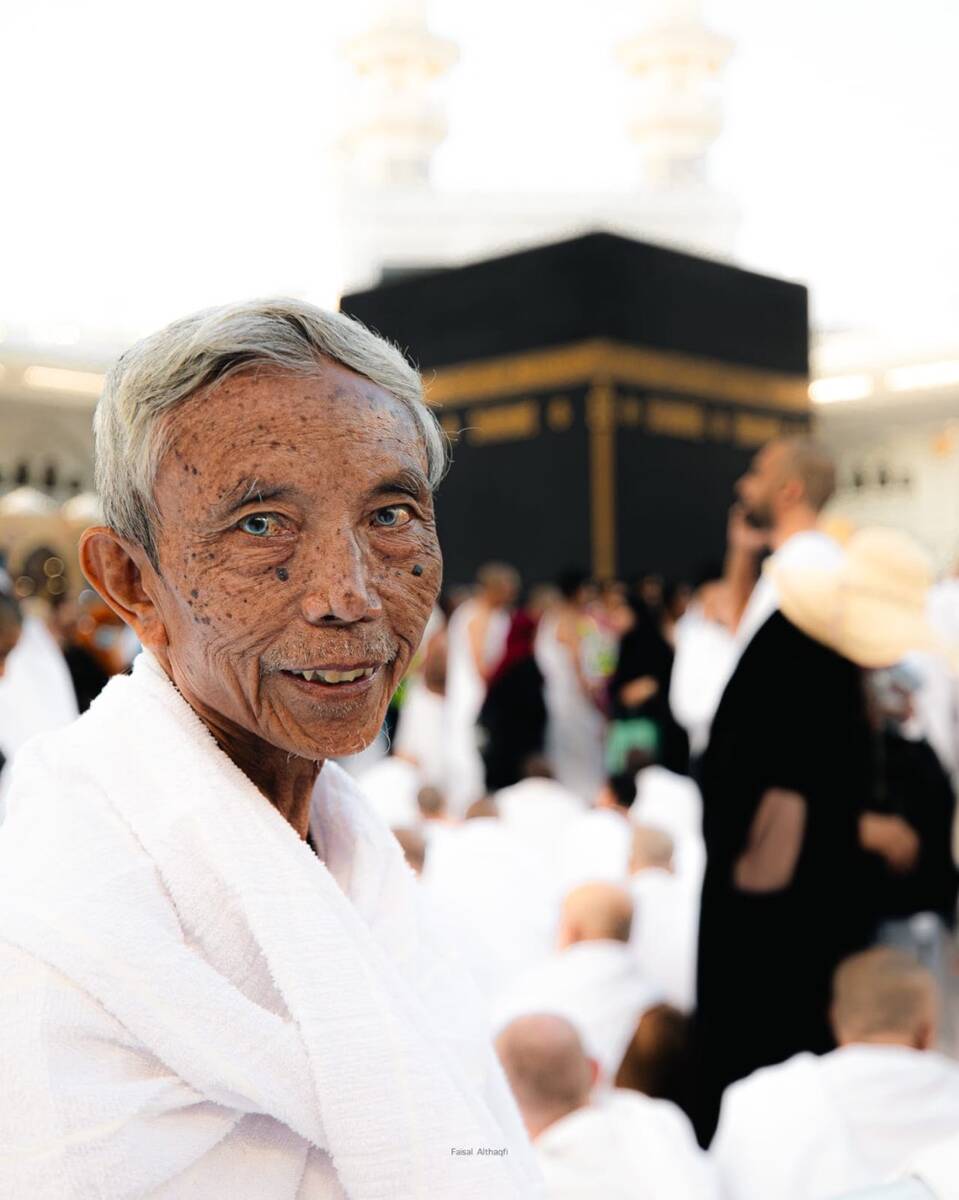DUBAI: CNN held its second reporting simulation as part of its academy training program last week.
A total of 110 aspiring journalists from 30 different nationalities participated in the simulation.
Of the participants this year, 14 marked the inaugural cohort of the new CNN Academy Global South Climate Storytelling program, funded by The Rockefeller Foundation. They were intentionally chosen to take part from the regions most impacted by climate change, which includes countries such as Colombia, Indonesia, Kenya and Vietnam.
Other participants included students from global CNN Academy initiatives, such as Hong Kong Chui Hai College, University College Dublin, Universidad Loyola Sevilla, University of Nottingham Malaysia, and CNN Academy Abu Dhabi.
This year’s news simulation focused on climate reporting.
“The climate crisis is the most important story for this generation,” said Alireza Haji Hosseini, director of the CNN Academy and deputy bureau chief of CNN Abu Dhabi.
“As we’ve seen, 2023 was the hottest year on record, (so) we wanted to focus this year’s news simulation on climate storytelling,” he told Arab News.
Held in a fictional country undergoing a climate disaster, the simulation required participants to gather news in the field, use a custom-built social media tool and attend mock press conferences and interviews.
Each team was tasked with writing, producing, reporting, filming and editing a news package using the facilities at twofour54’s Yas Creative Hub in Abu Dhabi.
“Covering the climate crisis is both vitally important and multifaceted so it provided a strong challenge for the participants,” Haji Hosseini said.
Each group was assigned a mentor to guide them through the week, thereby creating “a safe-to-fail environment,” so they could make mistakes that “they would not be afforded in real life,” he said.
The simulation was designed and planned by CNN, in collaboration with Prof. Rex Brynen of McGill University, Montreal, Canada, and Jim Wallman, director of game design company, Stone Paper Scissors.
“We worked with them last year for CNN Academy’s first newsroom simulation, which was a great success, so it was a no-brainer to work together for this event,” Haji Hosseini said.
“We created a fast-paced environment, with volumes of information and sources to uncover, including red-herrings, conspiracy theories and even simultaneously occurring news events to replicate many challenges that journalists face every day,” he said.
The simulation was designed to test the skills students had learned in the CNN Academy, such as interview techniques, storytelling, ethics and verification.
They had to play multiple roles as reporters, photojournalists, writers, editors and producers, which tested their technical skills in capturing and editing audio and video, as well as soft skills such as strategic thinking, collaboration and diplomacy, Haji Hosseini said.
Participants also visited the COP28 conference in Dubai and attended talks at the UN Climate Change Conference.
Alongside the simulation, CNN held masterclasses on the power of pictures and storytelling during times of conflict, along with workshops on the importance of data management and archiving, and the complexity of gender reporting.
Glen Mulcahy, an expert in mobile journalism, hosted one session that focused on the use of smartphones in journalism, which covered topics such as lighting, using a tripod, and how to shoot b-roll and cutaways to film and edit packages professionally.
While the first simulation had a clear story line to be investigated, this year’s simulation featured more than 200 potential story angles, Haji Hosseini said.
He added: “As this year’s simulation was centered on the climate crisis there were many avenues to explore across technical and social aspects. There were more than 200 possible story angles spanning ecosystems and biodiversity to sustainability, activism and how climate change disproportionately impacts women.”
Therefore, “one of the main challenges this year was for participants to establish the angle they wanted to focus on and not be distracted by other potential stories or events,” he said.
“The experience was extraordinary and immersive because the simulation week not only pushed me beyond my usual circle but also led me to see the world through the eyes of a real journalist,” one participant, Reem Al-Mansoori, from CNN Academy Abu Dhabi, told Arab News.
For another participant, Sarah Al-Kaabi, the experience helped to hone her technical skills, such as shooting and editing videos and understanding scriptwriting. “It was a really helpful exercise for me when thinking about building the narrative for a visual presentation,” she said.
At the end of the week, a winning team was chosen for creating the best package, which included Lhekkah Sivaraja from University of Nottingham Malaysia, Esha Mitra from The Rockefeller Foundation Cohort, Daniela Torres Basila from Universidad Loyola Sevilla and Alia Al-Zaabi and Abdulrahman Al-Marzooqi from CNN Academy Abu Dhabi.
Haji Hosseini said that CNN “provided feedback on the work submitted and shared all the work on the CNN Academy hub, so everyone could view what was produced and understand why some packages were stronger than others.”
CNN also conducted “listening sessions so that we as trainers got insight from the participants about what they enjoyed, what they found most challenging so we can adapt and adjust accordingly,” he said.






























